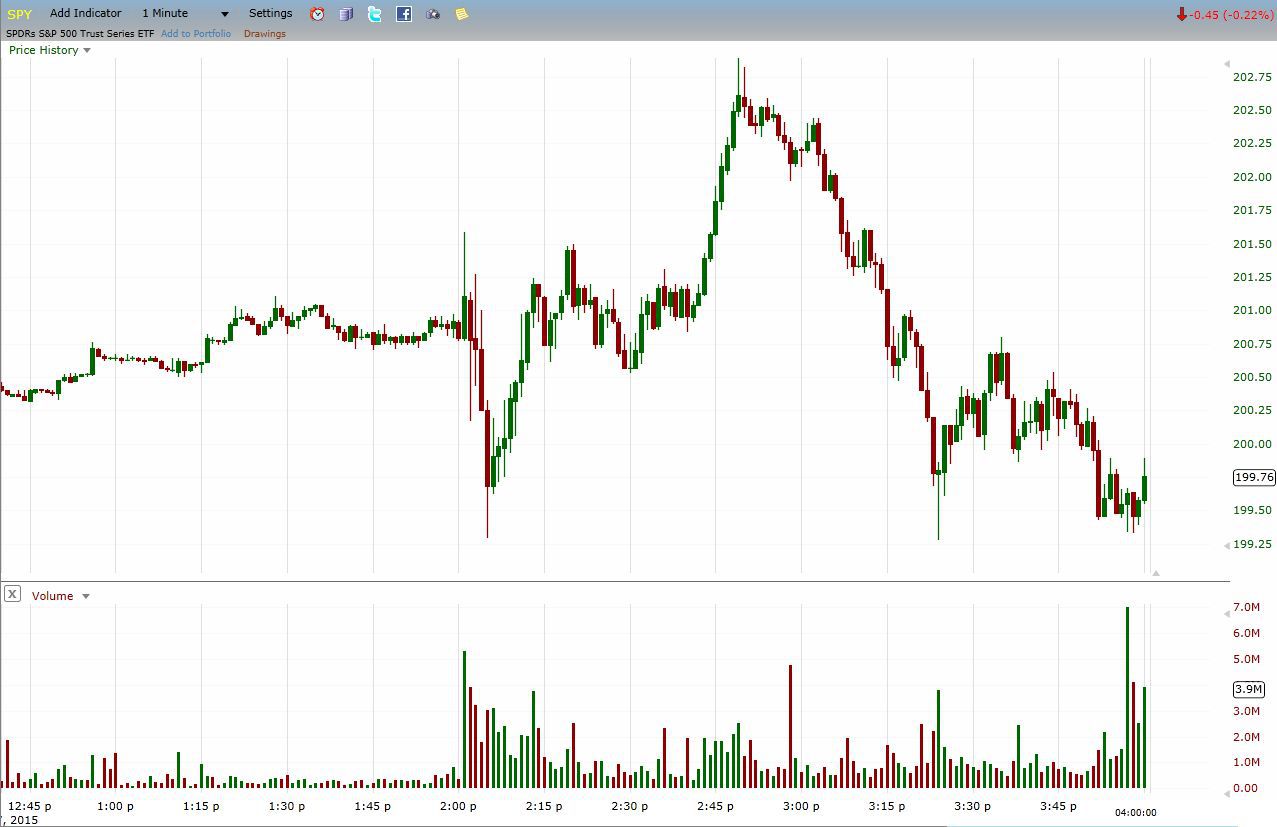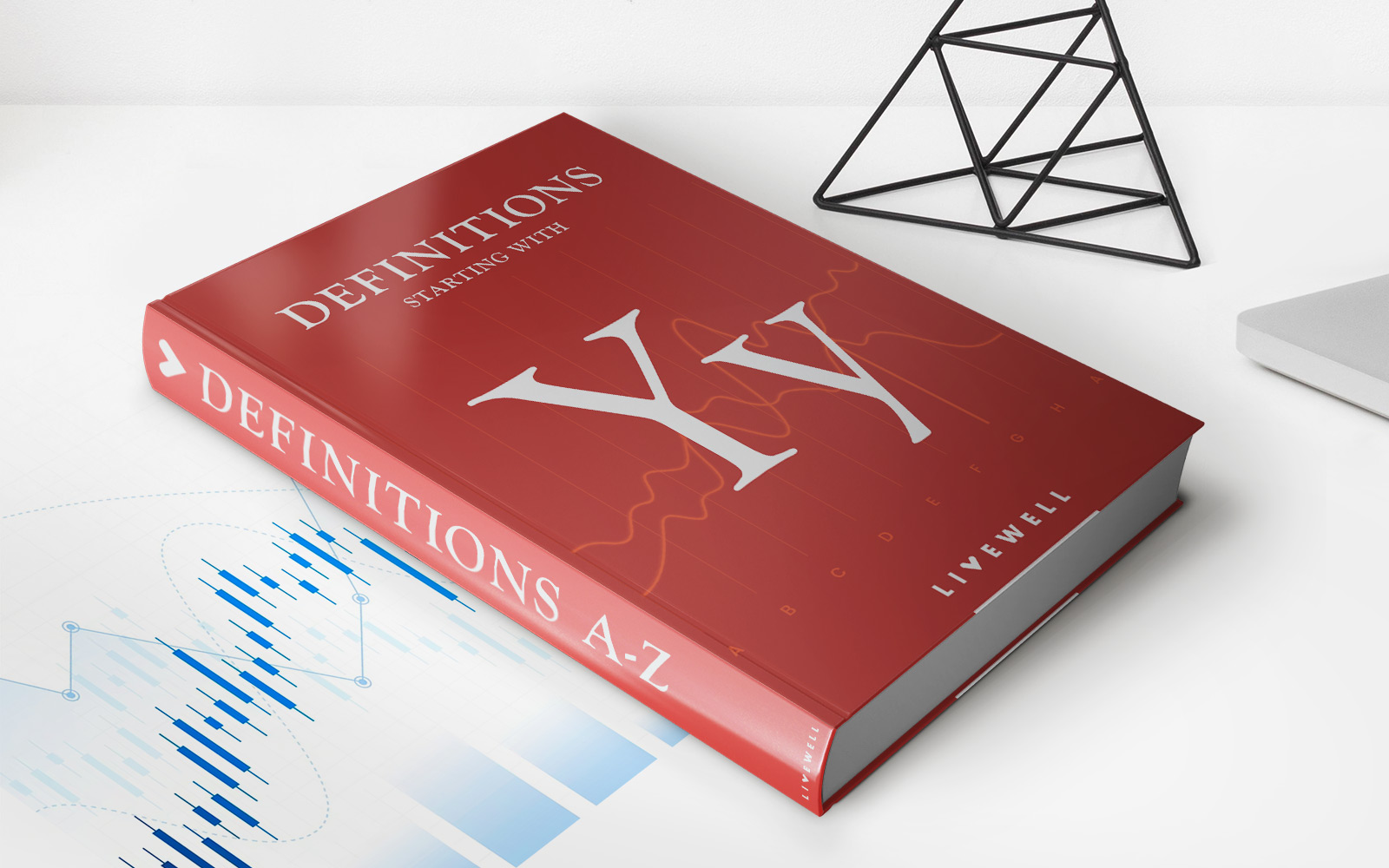

Finance
What Is Average Credit Limit
Published: March 5, 2024
Learn about average credit limits and how they impact your finances. Understand the factors that determine credit limits and how to manage them effectively.
(Many of the links in this article redirect to a specific reviewed product. Your purchase of these products through affiliate links helps to generate commission for LiveWell, at no extra cost. Learn more)
Table of Contents
Understanding Average Credit Limit
Introduction
Understanding the concept of average credit limits is crucial for anyone seeking to navigate the complex world of personal finance. A credit limit refers to the maximum amount of money a financial institution, such as a bank or credit card issuer, is willing to extend to an individual or business through a line of credit. This limit represents the highest balance a borrower can carry on a credit card or access through a credit account. It plays a pivotal role in shaping an individual's financial well-being and influences their purchasing power, credit utilization, and overall credit score.
The average credit limit is a significant metric that varies across different types of credit cards and financial products. It serves as a benchmark for understanding the typical range of credit limits offered to consumers based on various factors such as creditworthiness, income level, and credit history. By delving into the nuances of average credit limits, individuals can gain valuable insights into the financial landscape, make informed decisions about credit card applications, and strategically manage their credit utilization.
Understanding the factors that influence credit limits and the average credit limits associated with different types of credit cards empowers individuals to make sound financial choices. This knowledge equips them to optimize their credit utilization, improve their creditworthiness, and access higher credit limits, ultimately contributing to their overall financial well-being. In the following sections, we will explore the intricacies of credit limits, the factors that influence them, and practical strategies for increasing one's credit limit. By unraveling these essential aspects, individuals can navigate the world of credit with confidence and prudence.
Understanding Average Credit Limit
Understanding Credit Limits
Credit limits are a fundamental aspect of the financial landscape, shaping the borrowing capacity and purchasing power of individuals. When a financial institution extends a line of credit, it sets a maximum limit on the amount that the borrower can access. This limit is determined based on various factors, including the borrower’s creditworthiness, income, credit history, and existing financial obligations. Understanding credit limits is essential for individuals seeking to manage their finances effectively and optimize their credit utilization.
For credit cards, the credit limit represents the maximum balance that a cardholder can carry at any given time. It serves as a safeguard for the credit card issuer, ensuring that the cardholder does not accrue an unmanageable level of debt. Additionally, credit limits play a pivotal role in determining an individual’s credit utilization ratio, which is the percentage of available credit that they are currently using. This ratio is a crucial factor in calculating credit scores, with lower credit utilization generally positively impacting creditworthiness.
Moreover, credit limits vary widely based on the type of credit card and the financial institution issuing the card. Premium or rewards credit cards often come with higher credit limits, catering to individuals with strong credit profiles and higher income levels. On the other hand, entry-level or secured credit cards may have lower credit limits, making them accessible to individuals with limited credit history or lower credit scores.
Understanding the nuances of credit limits empowers individuals to make informed decisions when applying for credit cards and managing their existing lines of credit. By comprehending the factors that influence credit limits, such as income, credit history, and credit utilization, individuals can strategically navigate the credit landscape and work towards accessing higher credit limits that align with their financial goals and lifestyle needs.
Moreover, being mindful of credit limits enables individuals to avoid exceeding their borrowing capacity, accumulating excessive debt, and potentially damaging their credit scores. By maintaining a responsible approach to credit utilization within the confines of their credit limits, individuals can foster healthy financial habits and bolster their long-term financial well-being.
Understanding Average Credit Limit
Factors Affecting Credit Limits
Several key factors influence the determination of credit limits by financial institutions. Understanding these factors is essential for individuals seeking to comprehend the dynamics of credit limits and how they are tailored to individual financial profiles. By delving into the elements that shape credit limits, individuals can gain valuable insights into the credit evaluation process and work towards optimizing their creditworthiness to access higher credit limits.
1. Credit Score: One of the primary factors influencing credit limits is an individual’s credit score. Credit card issuers and financial institutions assess an individual’s creditworthiness based on their credit score, which reflects their credit history and financial behavior. Higher credit scores often correlate with the ability to access higher credit limits, as they signify responsible credit management and lower risk for the lender.
2. Income Level: A person’s income level plays a significant role in determining their credit limit. Higher income levels provide a stronger financial foundation and may lead to access to higher credit limits. Individuals with higher incomes are perceived as having the means to repay higher amounts, thus potentially qualifying for elevated credit limits.
3. Credit Utilization Ratio: The credit utilization ratio, which represents the percentage of available credit being used, is a crucial factor in credit limit determinations. Individuals with lower credit utilization ratios, indicating responsible use of credit, may be eligible for higher credit limits. Maintaining a low credit utilization ratio demonstrates prudent financial management and may positively impact credit limit assessments.
4. Credit History: The length and quality of an individual’s credit history also influence credit limit decisions. A longer and positive credit history reflects a track record of responsible credit management, potentially positioning individuals for higher credit limits. Conversely, limited or negative credit history may result in lower initial credit limits or the need to build credit through secured credit cards.
5. Debt-to-Income Ratio: Financial institutions evaluate an individual’s debt-to-income ratio, comparing their monthly debt obligations to their income. A lower debt-to-income ratio indicates a healthier financial position and may contribute to qualifying for higher credit limits.
By understanding these factors, individuals can proactively work towards improving their financial standing and creditworthiness, ultimately positioning themselves for higher credit limits and better access to credit products that align with their needs and aspirations.
Understanding Average Credit Limit
Average Credit Limits by Card Type
When examining average credit limits, it’s essential to consider the variations across different types of credit cards. Various card types cater to diverse consumer segments, offering distinct features and credit limit ranges. Understanding the average credit limits associated with specific card types provides valuable insights for individuals seeking to choose the most suitable credit card for their financial needs and goals.
1. Rewards and Premium Credit Cards: Rewards and premium credit cards, often targeted at individuals with strong credit profiles and higher income levels, typically feature higher average credit limits. These cards offer lucrative rewards, exclusive perks, and elevated credit limits that align with the lifestyle and spending patterns of affluent consumers.
2. Entry-Level and Student Credit Cards: Entry-level and student credit cards, designed for individuals with limited credit history or lower credit scores, usually come with lower average credit limits. These cards serve as entry points for individuals to establish and build their credit profiles, offering conservative credit limits as a risk mitigation strategy for card issuers.
3. Secured Credit Cards: Secured credit cards, which require a security deposit as collateral, often feature credit limits determined by the amount of the initial deposit. These cards are accessible to individuals with limited credit history or those aiming to rebuild their credit, and the credit limits are typically tied to the deposited amount.
4. Business Credit Cards: Business credit cards tailored for small businesses and entrepreneurs may feature higher average credit limits to accommodate the higher spending needs of businesses. These cards offer flexible credit limits aligned with the operational and financial requirements of businesses, providing access to funds for business-related expenses.
5. Store Credit Cards: Store-specific credit cards, issued by retail chains and businesses, often have varying average credit limits. These cards cater to loyal customers and may offer moderate credit limits tailored to the spending patterns within the respective stores or businesses.
By understanding the average credit limits associated with different card types, individuals can make informed decisions when selecting a credit card that aligns with their financial circumstances, spending habits, and long-term financial objectives. This knowledge enables consumers to choose credit cards that offer suitable credit limits and features, empowering them to effectively manage their finances and leverage credit as a valuable financial tool.
Understanding Average Credit Limit
How to Increase Your Credit Limit
Increasing one’s credit limit can provide greater financial flexibility and improve overall credit utilization, potentially boosting credit scores. Individuals seeking to expand their credit limits should consider several strategic approaches to demonstrate creditworthiness and responsible financial management, thereby positioning themselves for higher credit limits.
1. Maintain a Positive Payment History: Consistently making on-time payments on existing credit accounts demonstrates responsible financial behavior and may prompt credit card issuers to consider increasing credit limits. A positive payment history reflects reliability and creditworthiness, factors that are favorable in credit limit evaluations.
2. Update Income Information: Providing updated and accurate income information to credit card issuers can support requests for higher credit limits. A higher income level may indicate the capacity to manage increased credit limits and may influence credit limit assessments positively.
3. Monitor and Improve Credit Score: Regularly monitoring and improving one’s credit score can contribute to qualifying for higher credit limits. Responsible credit management, reducing outstanding balances, and addressing any discrepancies in credit reports can positively impact credit scores, potentially leading to increased credit limits.
4. Request a Credit Limit Increase: Proactively requesting a credit limit increase from credit card issuers is a direct approach to expanding credit limits. Individuals should be prepared to articulate their financial stability, responsible credit usage, and the rationale for seeking a higher credit limit, backed by a positive payment history and income stability.
5. Utilize Existing Credit Responsibly: Demonstrating prudent use of existing credit by maintaining low credit utilization ratios and avoiding excessive debt accumulation can signal responsible financial habits. Responsible credit utilization showcases the ability to manage higher credit limits effectively, potentially influencing credit limit increase decisions.
6. Consider Multiple Credit Cards: Diversifying credit across multiple cards and managing them responsibly may contribute to an overall higher credit limit across various accounts. However, individuals should be mindful of their ability to manage multiple credit accounts effectively and avoid overextending their credit.
By implementing these strategies, individuals can work towards increasing their credit limits strategically, fostering a healthy credit profile, and gaining access to higher credit limits that align with their financial needs and goals.
Conclusion
Understanding average credit limits and the factors that influence them is essential for individuals navigating the realm of personal finance and credit management. Credit limits play a pivotal role in shaping individuals’ purchasing power, credit utilization, and overall financial well-being. By comprehending the dynamics of credit limits and the strategies for increasing them, individuals can proactively manage their credit profiles and work towards accessing higher credit limits that align with their financial goals.
The average credit limits associated with different types of credit cards reflect the diverse consumer segments they cater to, offering insights into the credit landscape and the varying credit limit ranges available. From premium rewards cards to secured credit cards, each card type presents distinct average credit limits tailored to specific consumer needs and credit profiles.
Factors such as credit scores, income levels, credit utilization ratios, credit history, and debt-to-income ratios significantly influence credit limit determinations. Individuals can leverage this understanding to improve their creditworthiness, demonstrate responsible financial behavior, and strategically position themselves for higher credit limits.
Increasing one’s credit limit requires a proactive approach, including maintaining a positive payment history, updating income information, monitoring and improving credit scores, and responsibly utilizing existing credit. By implementing these strategies, individuals can enhance their credit profiles, potentially qualifying for higher credit limits and expanding their financial flexibility.
Ultimately, a nuanced understanding of average credit limits empowers individuals to make informed decisions when selecting credit cards, managing their credit utilization, and working towards accessing higher credit limits. By navigating the intricacies of credit limits with prudence and strategic financial management, individuals can pave the way for a healthier credit profile, improved financial well-being, and enhanced access to credit products that align with their aspirations.














